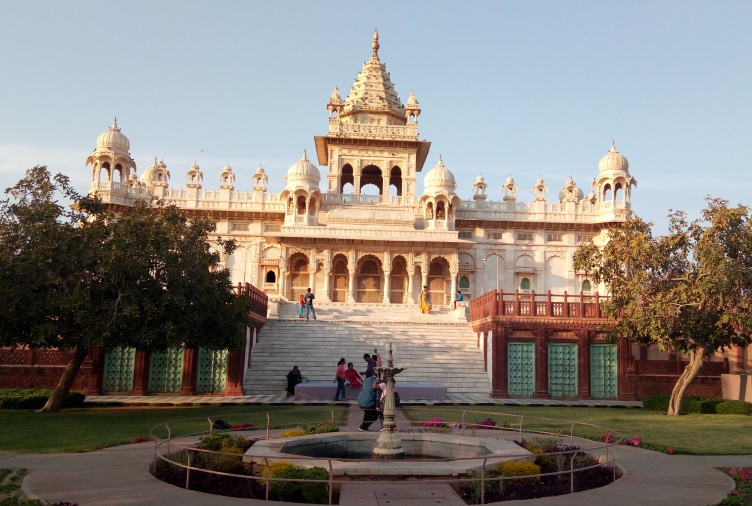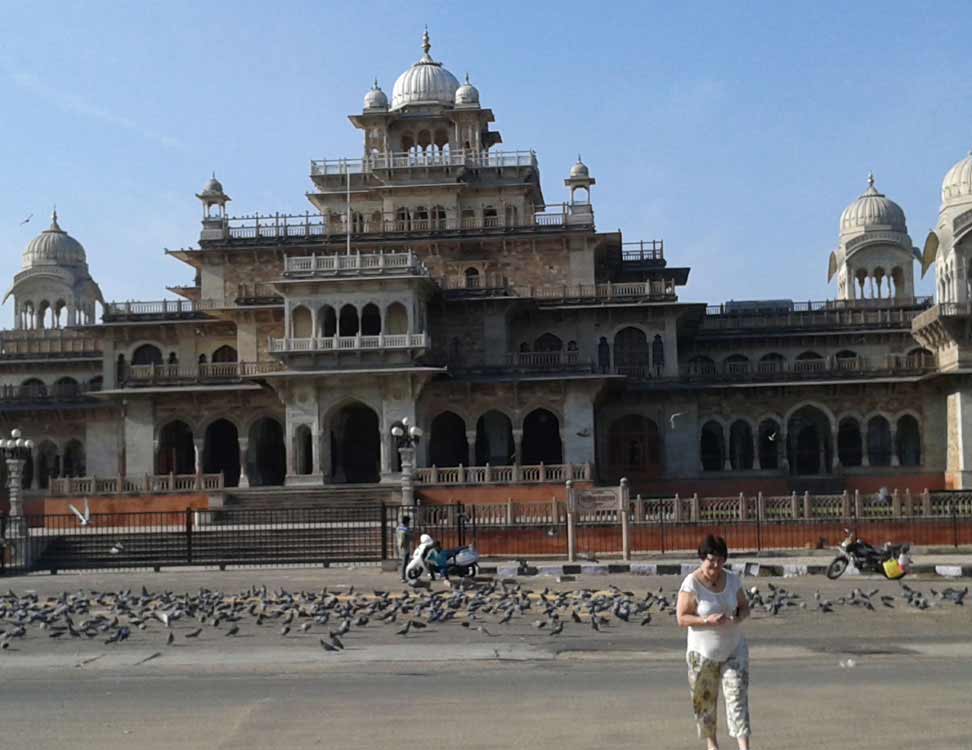The Chhatrapati Shivaji Terminus, once famous as Victoria Terminus Station, in Mumbai, is an exceptional case of Victorian Gothic Revival architecture in India, blended with themes deriving from Indian traditional architecture. The building, planned by the British architect F. W. Stevens, became the sign of Bombay as the 'Gothic City' and the main international trade port of India. The terminal was built over 10 years, starting in 1878, according to a High Victorian Gothic design based on late medieval Italian models. Its extraordinary stone dome, turrets, pointed arches and unconventional ground plan are near to customary Indian palace architecture. It is an excellent example of the meeting of two cultures, as British architects worked with Indian craftsmen to comprise Indian architectural tradition and idioms thus forging a new style exclusive to Bombay.
Chhatrapati Shivaji Terminus of Mumbai (previously Bombay) exhibits a significant exchange of influences from Victorian Italianate Gothic Revival architecture, and from Indian traditional buildings. It became a sign for Mumbai as a key commercial port city on the Indian Subcontinent in the British Commonwealth.
Chhatrapati Shivaji Terminus is an exceptional model of late 19th century railway architecture in the British Commonwealth, characterized by Victorian Gothic Revival and customary Indian features, with its advanced structural and technical solutions.




 +91-7303039611
+91-7303039611